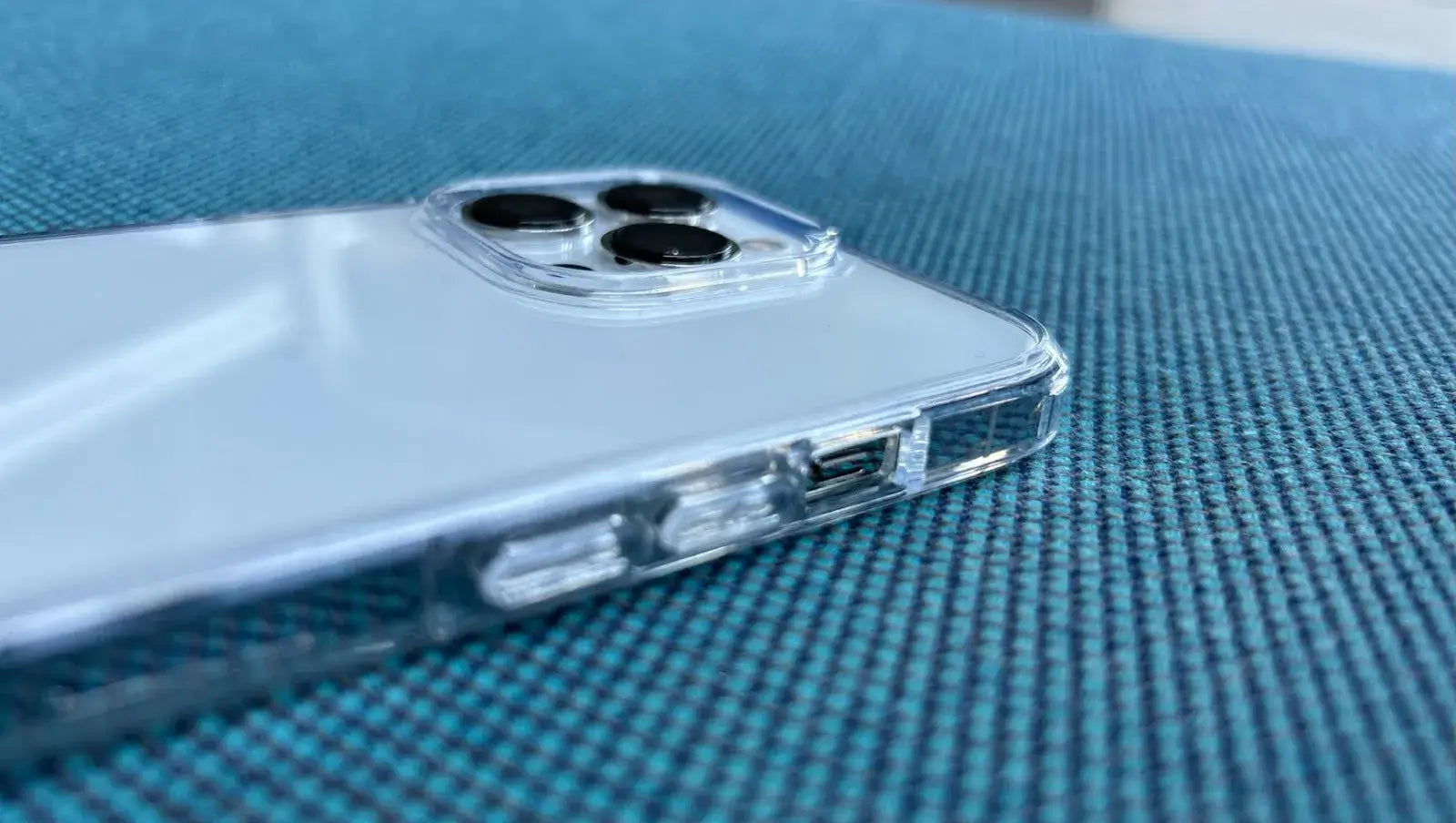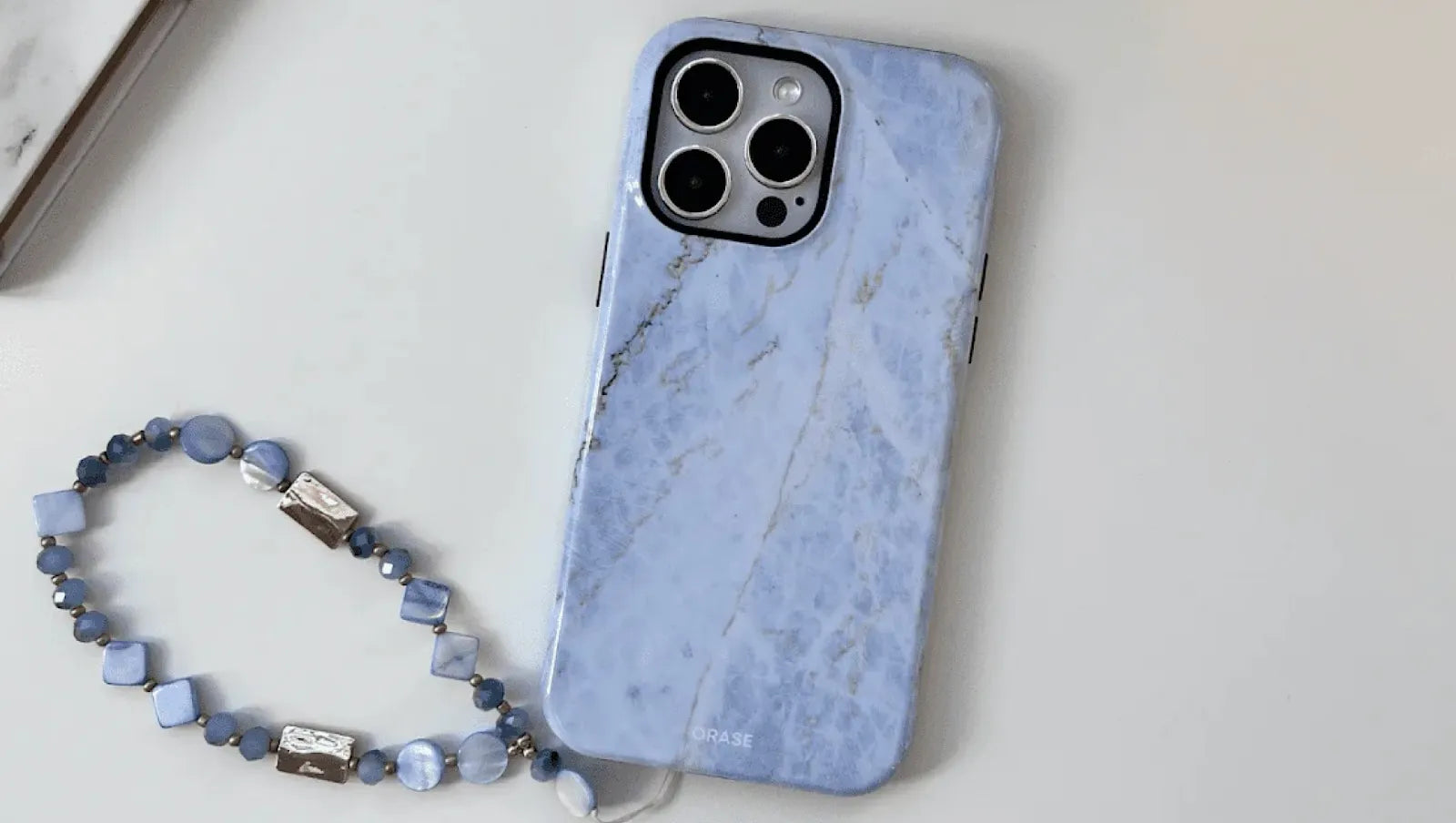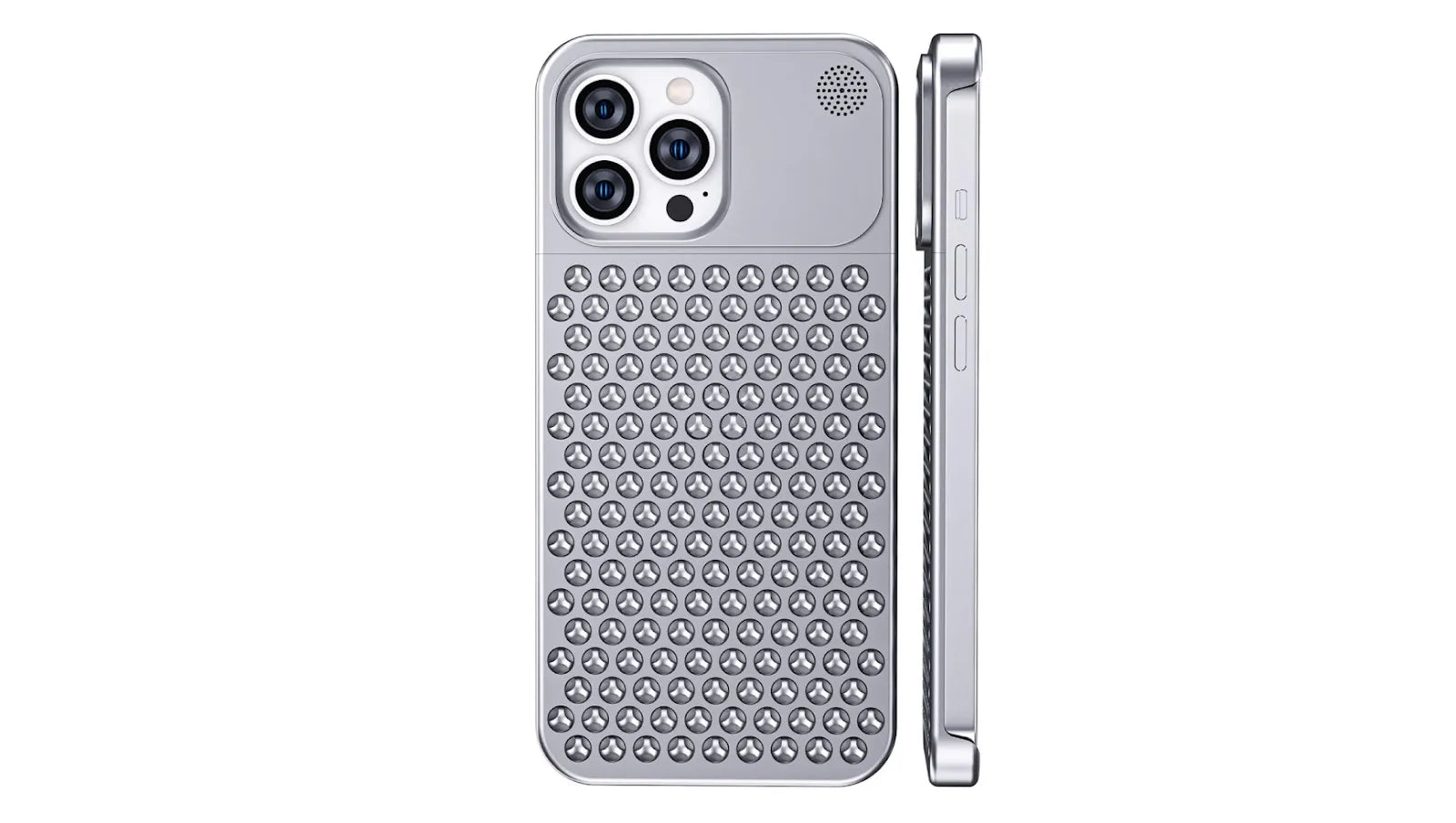Hello there, friends! No matter if you’re a lifelong Apple fan or new to the community, you’ll have to open an iPhone case at some point. You might be swapping for a sleeker cover, trying to clean your device, or troubleshooting an issue. But fear not — this is a journey of discovery that won’t require a degree in rocket science. So let’s get down the weeds of opening an iPhone case without breaking a sweat (or your precious phone).
Why Open iPhone Case?
Before we get our hands dirty (literally), let’s think about why one would need to open iphone case. Apart from those reasons mentioned above, changing SIM cards, looking for internal damage or just satisfying your curiosity are all valid points. Remember — knowledge is power when it comes to dealing with our technological companions.
How to open Phone case: Identifying Case Type
iPhone cases come in all shapes and sizes — snug silicone skins; robust multi-layer defenders; you name it. The type of case will dictate the approach you take. Here’s the lowdown:
- Snap-on Cases: These often require finesse and patience to remove.
- Silicone/Gel Cases: Can be peeled away easily.
- Wallet or Folio Cases: They may have snaps, magnets, or clasps that need opening first.
- Rugged Cases: Think LifeProof or OtterBox — these fortresses require more effort and usually a tool to open.
In tech parlance, few gadgets have achieved such ubiquity as the iPhone. Sleek, stylish, and powered by cutting-edge technology, these wonders of modern engineering are the essential lifelines for millions across the planet—but even the mightiest occasionally require a look under their hoods. Whether it’s replacing a battery, fixing a screen, or just indulging in some DIY tinkering, knowing how to open a phone case properly is a skill every owner should have.

Step 1: Collect Your Equipment
Before starting your venture to open an iPhone, make sure you have the correct tools for the job. Among the necessary items are a set of precision screwdrivers, a plastic spudger tool, a suction cup, and a pry tool. These can be easily found in online retailers or electronics stores, and it is worth investing in higher-quality options, which could save you a lot of trouble later on.
Step 2: Power Down and Prepare
Once you have gathered your tools, it is time to prepare the iPhone for surgery. First, turn off the device completely so that nothing goes wrong accidentally. Then brace yourself and take a deep breath—opening an iPhone might seem scary at first, but with some patience and gentle handling, soon enough, you will be navigating through its insides like a seasoned pro.
Step 3: Removing Screws
Now that your iPhone is powered down and you are feeling alright about it in general now is a good moment to tackle those screws. You should see small screws holding the case onto the phone body depending on the model so go ahead and carefully remove them with help from the precision screwdriver set – remember where each one came from because they need to be easily put back later during the reassembling process.
Step 4: Suction Cup Usage
With no screws left to handle let’s bring the suction cup into action. Firmly apply it right onto the front glass panel, making sure a tight seal is created in the first place. Once done do not hesitate but gently yet steadily pull upwards until the adhesive seal starts giving way – this may take some time so don’t rush otherwise, the device could get damaged.
Step 5: Pry Tool Insertion
When the suction cup manages to loosen the adhesive seal, we can move further using the pry tool. Take care while inserting it between the front glass panel and rear case of an iPhone—try not to put too much pressure on any one spot, as this may lead to trouble later on. Slowly go around the device’s perimeter with it, gently prying open both halves of the case as you proceed.
Step 6: Be Cautious
Throughout all these steps, keep in mind the importance of caution when working inside your beloved iPhone. Never use excessive force while prying cases apart or pulling out plugs by hand since such actions can cause irreversible damage. Take things slowly, double-check everything, and if need be, feel free to seek professional help in case something unexpected happens.
How to Approach Different iPhone Covers and Ways of Opening Them
If you open an iPhone case, you will be greeted with a variety that is second to none. There are different models of devices and many different kinds of cases that protect them. Slim silicone sleeves coexist with heavy-duty metal casings; each has its unique way of keeping the phone safe and making it difficult for us to get into its guts. What follows is a discussion on what materials are used for which types of covers and some tips for opening them up safely.
Silicone and Rubber Cases
Properties:
- Flexibility. These materials are known for being flexible, which is a good thing but also a bad thing. Although they are easy to take off, they can sometimes stretch and lose their shape.
- Grip. High friction causes them to stick onto surfaces (or your hands), giving a better grip but sometimes sticking too much onto the phone itself.
Tips for Opening:
- Ease of Removal. These cases can be peeled without much difficulty. Start at one edge and work progressively along the perimeter.
- Heat Application. No heat or minimal heat should be used. Since the materials are not glued to the device, a simple, gentle pull will do because they don’t stick to it.

Hard Plastic and Polycarbonate Cases
Properties:
- Rigidity. Provides solid protection but challenges removing if a snug fit occurs on this type of case.
- Snap-on Design. Some of these cases have snap-on designs that may clip quite tightly around the edges of devices in some instances.
Tips for Opening:
- Tool Assistance. You might need a thin pry tool or guitar pick to gently release clips holding the case onto the phone without damaging anything else, such as the screen protector.
- Avoid Force. Using too much force could crack the case or damage the phone, so work slowly around the edges, releasing one clip at a time until all clips are free from their sockets. Then, the whole cover can come off easily.

Metal and Alloy Cases
Properties:
- Durability. Offers excellent protection but is the most complex material to remove due to its inflexible nature once fitted properly around an iPhone;
- Heat Conductivity. It’s worth noting that metal conducts heat well especially when you’re using a heat gun to loosen the adhesive on the device itself;
Tips for Opening:
- Screw Removal. Some metals require screws so a correct screwdriver is necessary when opening them up – usually provided together with the case during purchase;
- Temperature Management. Be careful while applying heat since metals get hot faster than plastics do and take longer before cooling down again. If not done right, this can risk both the user’s safety and the phone’s well-being.

Leather and Fabric Cases
Properties:
- Softness & Flexibility. These materials give a softer feel on hands when holding the device plus they’re usually easy enough to take off without too much effort being applied;
- Absorption. This is another characteristic of leathers and fabrics: moisture can be absorbed, causing expansion that may affect how snugly covers fit over iPhones, especially in humid environments.
Opening Tips:
- Manual Removal. Most times one can use their bare hands to remove these types of cases starting at one corner and then pulling it gently away from the rest part so as not to damage anything else like the screen protector etcetera;
- Care for Material. If the case becomes wet, allow it to dry completely before trying to remove it; otherwise, some damage could occur during the process.
Special Considerations for Third-party Accessories
- Adhesive Add-ons. Some accessories, like pop sockets or cardholders, are attached with adhesive. Removing these requires careful heat application and a steady hand to avoid leaving residue on the phone or case.
- Integrated Designs. Cases with built-in features (battery packs, stands, etc.) may have unique opening mechanisms. Consult the manufacturer's instructions for guidance.
To sum up, while the basic steps for accessing internals remain the same across iPhone models, this can be quite different depending on which protective case you have because each has its way of covering them up. Knowing what type you own will help make things easier while opening, thus keeping both the device and its guardian cover safe.
Life Hacks And Pro Tips On How To Open An iPhone Case
Skilled do-it-yourself followers with iPhones have learned a few trade secrets that help them open the devices faster, more efficiently, and with less risk of damage. For example, heating the perimeter of the iPhone gently with a hairdryer or heat gun can loosen the adhesive holding the case in place, making it easier to separate. Another tip is to use a plastic spudger tool instead of metal; this reduces the chance of scratching or harming delicate internal parts.
Also, you may want to keep a magnetic parts tray around while you’re working – this will prevent screws and other small components from rolling away or getting lost in the shuffle. And remember: patience is key. Rushing through any part of this process will almost certainly result in expensive mistakes being made.
Final Words
Opening an iPhone case might seem daunting at first glance, but knowing what tools work best and how they should be used can make all the difference when undertaking such a task. Following these steps, as well as paying attention closely enough and taking things slow where necessary, should soon enable one to navigate through various sections within their device without much difficulty whatsoever. Have fun tinkering!











Leave a comment
This site is protected by hCaptcha and the hCaptcha Privacy Policy and Terms of Service apply.